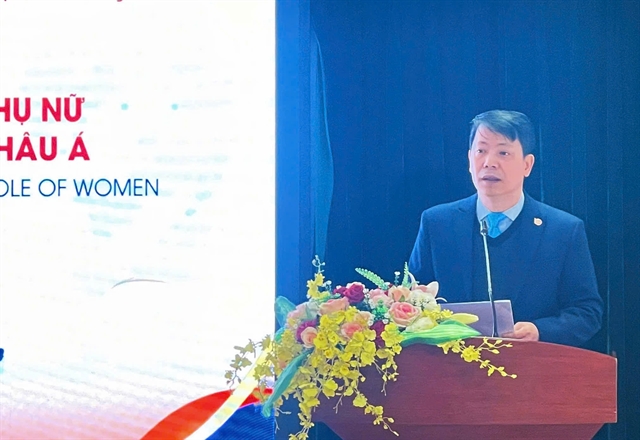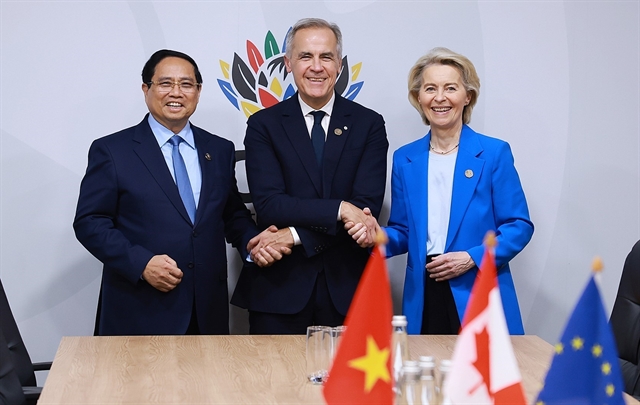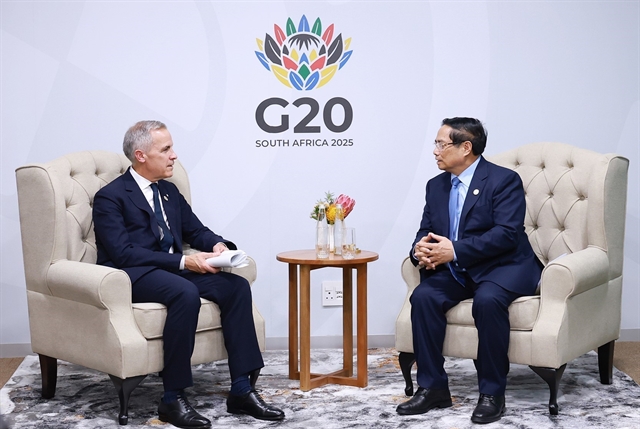 Politics & Law
Politics & Law
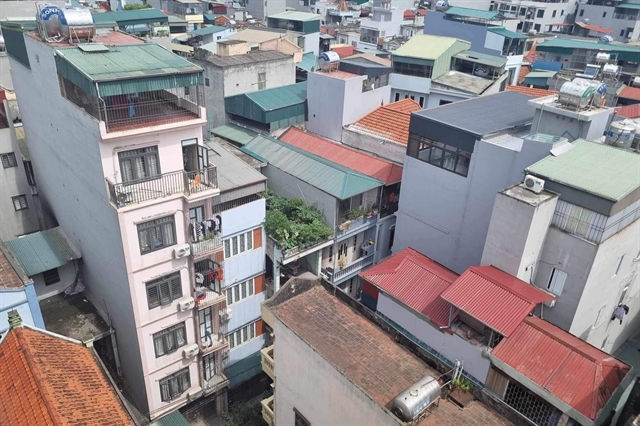
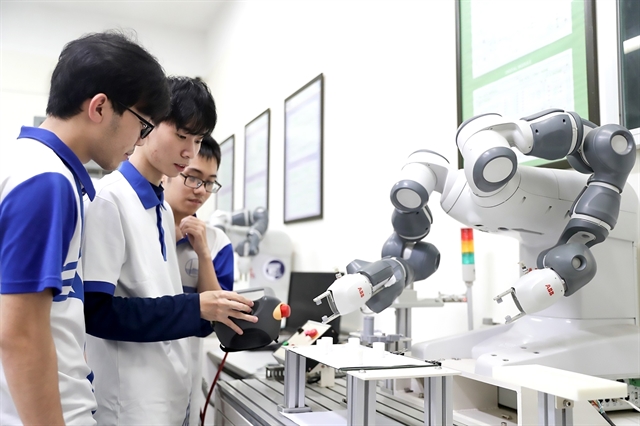 |
| Students control a robotic arm at a laboratory of Vietnam National University - Hà Nội. — VNA/VNS Photo |
Compiled by Lê Việt Dũng
HÀ NỘI — Education has long been regarded as Việt Nam’s 'national policy of top priority,' but Politburo Resolution 71 now places it at the centre of national strategy.
Signed by Party General Secretary Tô Lâm on August 22, the Resolution identifies education as the decisive factor in Việt Nam’s drive to become a modern high-income country by 2045.
Prime Minister Phạm Minh Chính, in his address introducing the text, described it as a blueprint to cultivate "a new generation of Vietnamese" capable of sustaining prosperity and competing on the global stage.
Why was Resolution 71 adopted at this moment?
Việt Nam’s progress in education has been widely recognised. Universal enrolment at the primary and secondary levels has largely been achieved, students continue to excel in international Olympiads and universities have raised their profile on the global stage.
The United Nations has identified Việt Nam as one of 21 countries on track to achieve its Sustainable Development Goal for quality education by 2030.
Yet the Politburo emphasises that shortcomings persist. Significant disparities in access remain between regions and social groups, and many schools still lack sufficient teachers and facilities.
The higher and vocational education sectors are described as fragmented, underfunded and misaligned with the demand for skilled labour. The quality of moral education, the arts and physical training is considered inadequate, while exam-centred practices and credentialism continue to hinder reform.
According to the Resolution, the underlying causes include slow institutional change, insufficient investment, a tendency to prioritise qualifications over competence and the limited effectiveness of management.
Against the backdrop of rapid technological advances, particularly in artificial intelligence and digitalisation, the leadership argues that comprehensive educational reform is now an urgent prerequisite for sustaining national development.
What vision does Resolution 71 articulate?
The Resolution places education at the core of national development, portraying it as both a decisive factor for progress and a reflection of national identity.
It seeks to construct a system grounded in Vietnamese cultural values while aligned with international standards. Lifelong learning is to be promoted as a defining ethos, drawing on the tradition of hiếu học (love of learning).
Students are identified as the centre of the process, with teachers described as the decisive force determining quality.
Reform, the Resolution argues, must begin with new thinking, new institutions and streamlined governance. Education is to be closely linked to practical application, ensuring that theory serves both individual growth and social needs.
Public education will remain the backbone of the system, complemented by non-state institutions within an open and interconnected framework that supports continuous learning throughout life.
What are the targets for 2030?
Resolution 71 sets highly specific benchmarks for the end of this decade.
Preschool education is to be universal for children aged three to five, while compulsory schooling will extend through the secondary level.
At least 85 per cent of young people should complete high school, with no province or city falling below 60 per cent, and 80 per cent of general schools are expected to meet national standards.
The education component of the Human Development Index is targeted to exceed 0.8, with the inequality index falling below 10 per cent.
In higher and vocational education, half of young adults are expected to be enrolled in post-high school study, with 24 per cent of the labour force holding a college or university degree.
At least 80 per cent of vocational colleges are to meet national standards, while 20 per cent will be upgraded to levels comparable with advanced Asian peers.
The share of students pursuing science, engineering and technology is to reach 35 per cent, including 6,000 doctoral candidates and 20,000 students in elite talent programmes.
Research output is to grow by an average of 12 per cent annually, both in international publications and in related innovation revenues, while patent registrations should rise by 16 per cent each year.
Global integration is explicitly part of the agenda. By 2030, Việt Nam aims to have at least eight universities ranked among Asia’s top 200, with one entering the world’s top 100 in specific fields, while recruiting 2,000 high-level foreign lecturers to strengthen teaching and research.
What are the longer-term goals?
Beyond 2030, the strategy sets even more ambitious milestones.
By 2035, Việt Nam seeks to achieve universal high school education, raise its HDI education component above 0.85 and bring research performance in line with upper-middle-income economies. At least two universities are expected to rank among the world’s top 100 in their disciplines.
Looking further ahead to 2045, the centenary of independence, the Resolution envisions a modern, equitable and high-quality education system ranked among the world’s top 20.
At least five Vietnamese universities should rank among the global top 100 in specific fields, while every citizen should have the opportunity for lifelong learning, making human capital the country’s most critical source of competitiveness.
The Government commits to maintaining education expenditure at no less than 20 per cent of the national budget, with 5 per cent allocated to capital investment and 3 per cent to higher education.
A new national programme for education modernisation will run from 2026 to 2035. Land allocation will be prioritised, with exemptions from land-use and rental fees, while public–private partnerships will be encouraged.
A legal framework will be developed to enable education funds to mobilise additional resources from communities and enterprises.
What is envisaged for teachers?
Teachers are placed at the heart of the reforms. Allowances for preschool and general education teachers will rise to a minimum of 70 per cent of base salary, with full coverage in border, island and ethnic minority regions.
Non-teaching staff will also benefit. The system will be opened to professionals from outside education, who will be permitted to lecture part-time.
Universities will have the autonomy to set criteria for academic appointments and to recruit globally. Additional incentives will be introduced to attract Vietnamese scholars trained abroad, alongside a dedicated programme to bring in distinguished foreign lecturers.
Resolution 71 also emphasises comprehensive education, integrating ethics, intellect, physical health and aesthetics – the 'Đức–Trí–Thể–Mỹ' ideal. Schools are directed to embed Vietnamese cultural values while simultaneously preparing students as global citizens.
By 2030, English is expected to function as a second language in schools, digital and AI literacy will be mainstreamed into curricula, while greater attention will be devoted to the arts, civic responsibility and physical training.
Facilities for STEM and creative learning will be expanded, and a unified set of national textbooks is to be introduced in 2026, with free provision to all students by 2030.
A national data strategy will underpin the digital transformation of education. Smart textbooks, AI-supported teaching tools and digital platforms will be developed, while education data will be connected with labour-market and innovation systems.
Teachers will be trained in digital and AI competencies, and schools will be encouraged to incorporate AI into assessment and evaluation.
The higher education landscape is to be consolidated, with underperforming universities and vocational colleges merged or closed, and some institutions transferred to municipal and provincial authority to better align with local needs.
A notable governance change is the abolition of councils in public universities (except those bound by international agreements), with Party secretaries assuming the role of institutional heads.
What immediate actions will the Government take?
Only three weeks after the Politburo decision, the Government adopted Resolution 281 – an action plan setting out 151 tasks under the principle of six clears: clear person, clear task, clear authority, clear responsibility, clear deadline and clear result.
The plan includes revising the curriculum and enforcing a single set of textbooks by 2026, beginning construction of 100 new boarding schools in border areas, reforming teacher pay and allowances and restructuring universities and vocational colleges to eliminate substandard institutions.
A national programme for education modernisation is also scheduled to commence in 2026, accompanied by the nationwide provision of free textbooks by 2030.
Resolution 71 is not an isolated education policy. It is designed to complement broader strategic initiatives on science, technology, digital transformation and private-sector development.
Prime Minister Chính concluded his address by invoking late President Hồ Chí Minh’s 1945 letter to schoolchildren, reminding his audience that the nation’s future rests heavily on their learning.
Eight decades later, Resolution 71 renews that message with a sense of urgency: in the era of artificial intelligence and global competition, Việt Nam’s trajectory may be determined as much in its classrooms as in its factories or ministries. — VNS


